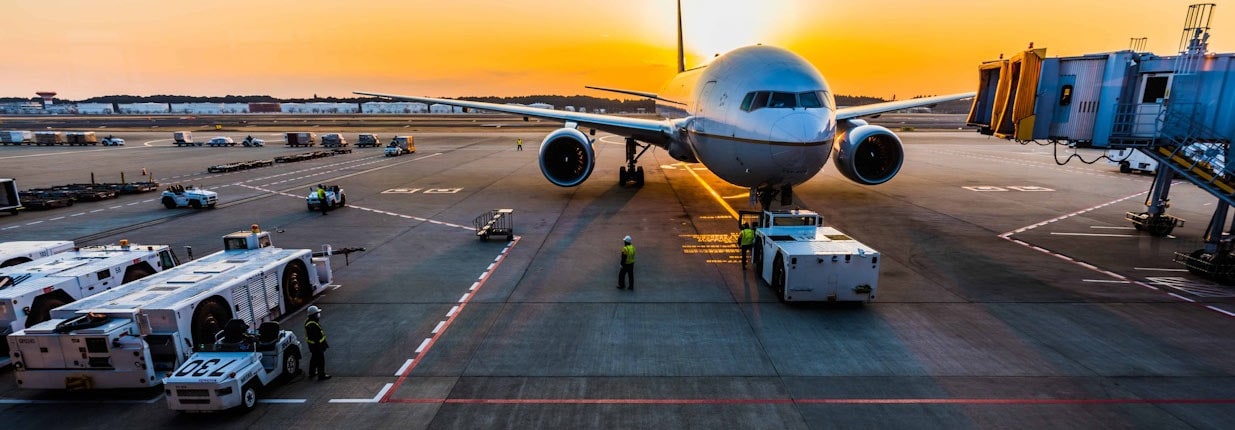Panama; Logistic and commercial Hub of the Americas
The canal nation is among the 50 most competitive economies in the world, according to the 2017-2018 global competitiveness index of the World Economic Forum (WEF) and occupies the first place in port logistics competitiveness in Latin America.
According to the last Competitiveness Report made by the World Economic Forum, Panama ranks as a regional leader in port connectivity and infrastructure, and in the same direction, the World Bank’s Logistics Competitiveness Index (2018) places the country in second place in Latin America and 38th worldwide.
Factors such as Panama’s geostrategic position; its unique logistics and commercial services platform in the region; the economic, political and environmental circumstances; the strong air and maritime connectivity and its experience in providing services to international markets are based on the country as a Latin American logistics and commercial hub.

Environmental conditions
About its environmental stability, Panama is in the Zone of Intertropical Convergence; this area is the region that circulates the earth, near the equator, where the clash of Caribbean and Pacific winds happens. The zone promotes the creation of the dry and rainy season, instead of the four seasons. This zone also advocates the formation of humidity, which causes storm clouds, where precipitation and electrical discharges flourish, besides it favors the formation of tropical cyclones. However, this same force diverts the trajectory of cyclones to the right. Panama is rarely in its path due to this effect.
The location is strategic because of its proximity to the non-disaster-prone areas, less vulnerability to natural phenomena.
The country is positioned as a number one in the world in this global industry, characterized as the central route of passage of assets.
Infrastructure environment
Panama is the most interconnected country in the hemisphere.
It has a multimodal platform, unique in the region, made up of the Panama Canal and its expansion, the Inter-Oceanic Railway, first-class ports in the Atlantic and Pacific Oceans, highway system, the Tocumen Airport and the expansion of the Freight Zone; the Colon Free Zone, “Panama Pacifico”, free trade zones, collection and distribution centers, together with an infrastructure of communications, financial and legal services. The railroad allows the transshipment of cargo in the Americas, the new expanded Canal that almost triples its capacity has allowed access to a market of 3.5 billion people, along 1,700 ports in 160 countries, through 144 maritime routes.
Ports
Some of the main ports of the country are:
Port of Balboa: Currently, Balboa is one of only two container terminals in full operation from the Pacific; serving the different shipping lines for the activities of embarkation, disembarkation, and transshipment of goods to the region.
Panama International Terminal (PSA): Headquartered in Singapore and Belgium, PSA International is one of the leading global port groups with participation in some 40 terminals in 16 countries in Asia, Europe, and the Americas.
Manzanillo International Terminal (MIT): located near the Atlantic entrance to the Panama Canal, immediately adjacent to the Colon Free Zone (CLZ).
In Central America, Panama moves 57.30% of the total cargo and behind it is Guatemala, which accounts for 14.16%. Costa Rica ranks third, with 11.17% of the cargo.
As a leader in logistics platforms, it provides direct benefits such as greater connectivity to areas in need of assistance, reduction of time and improvements in the delivery of supplies, equipment and support personnel, standardization of processes and optimization of costs and the promotion of continuous innovation in logistics operations and knowledge transfer.
Air routes
Air connectivity in Panama continues to attract the most important airlines in the world. European, Chinese, American and even Turkish airlines use Panama as a connection between the different destinations and itineraries they offer and allow connecting with other regions in the area. Due to its strategic position and an infrastructure that allows the availability of flights 24 hours a day throughout the year, the country is projected as an air connectivity center in the region.
In addition, the connection provided by the Tocumen International Airport terminal to the main cities of Latin America, Europe and the United States, together with the fact of being in the center of the continent, place the “Hub of the Americas” among the best airports in the Spanish-speaking continent; also considered the eighth air Hub in the world.
The terminal of Tocumen registers an average of 108 commercial operations.
According to official figures, in 2018 Tocumen airport mobilized 16.2 million passengers, while air transport contributes more than 14 percent to the country’s Gross National Income.
Airport Expansion
The Tocumen International Airport Expansion Project, promoted by the National Government, today is known as Terminal 2 (T2), began its construction in March 2013, intending to improve the structure and accompany the economic and logistical growth of Panama.
T2 is considered one of the most important works in terms of Airport Infrastructure and modernization. It was conceived by Tocumen S.A. to receive and attend a demand of 20 million passengers per year and to accompany the socio-economic and tourist growth of Panama.
The Economic Center for Studies of the Chamber of Commerce, Industry and Agriculture of Panama (CEECAM) informs, the Panamanian economy in 2019 is reflecting a growth of 4%.
Panama’s Future
The Economic Commission for Latin America and the Caribbean (ECLAC)’s latest report on Trade Potentiality between Panama, Central America and the Caribbean Community (CARICOM) highlighted the possible use of Panama as a logistics center for the concentration, exchange and dispatch of goods and services, since it can offer both regions extensive services that contribute to increasing the frequency of direct routes to markets, the offer of link services and the reduction of transport costs, and ultimately promote integration.
According to CEECAM’s projections for the coming year 2020, the economy is expected to grow by close to 5.6%.
Panama has the great challenge of preparing to take advantage of the new opportunities for maritime-port and logistics services that are opening regionally and globally.